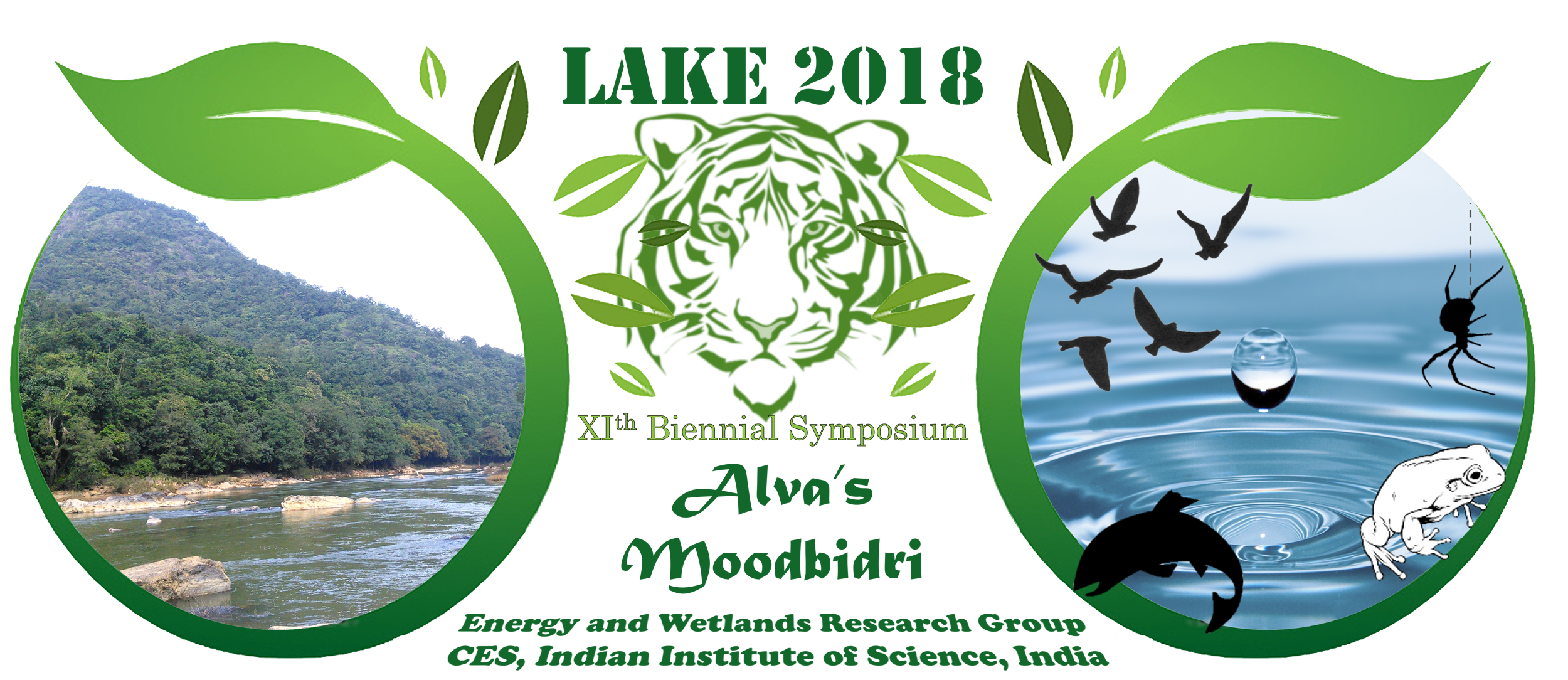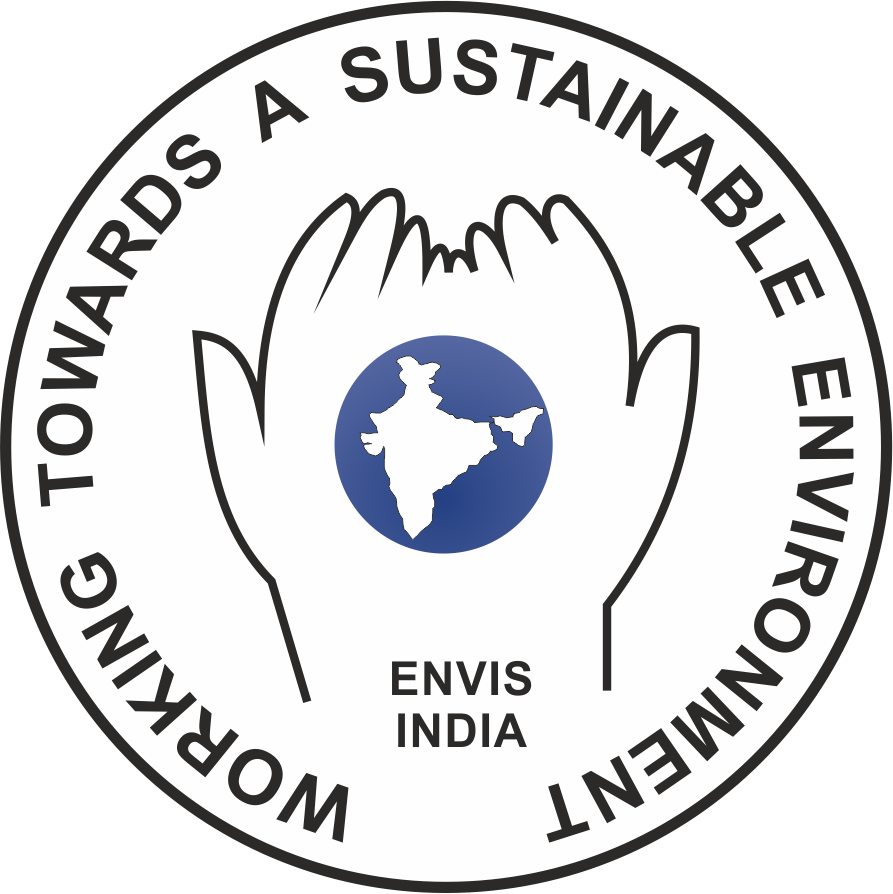Introduction
Symposium focusing on lakes/wetlands popularly known as “Lake Symposium” was initiated by the Energy & Wetlands Research Group at Centre for Ecological Sciences, Indian Institute of Science, Bangalore in the year 1998. The theme was broadened in 2000 (Lake 2000) with a wider participation of education institutions, Governmental and non-governmental organisations, etc. The basic idea of the symposium was to bring out the trends in ecosystem conservation, restoration and management including the hydrological, bio-physical, people’s participation and the role of non-governmental, educational and the governmental organizations and the future research needs. Lake 2018 will be the 11thBiennial Lake Conference focusing on “Conservation and Sustainable Management of Riverine Ecosystems” will be held at foothills of Western Ghats. The theme of World Wetlands day 2018 is Wetlands for Sustainable Future to demonstrate the vital role of wetlands for the future of humanity and specifically their relevance towards achieving the new Sustainable Development Goals. Lake 2018 conference provides a unique opportunity to increase understanding of the role of lentic and lotic ecosystems in sustaining the food, water and human livelihood with the challenges faced by these fragile ecosystems.
The Western Ghats sustains perennial rivers, while ensuring the peninsular India’s water and food security and hence aptly branded as the water tower of peninsular India. These series of hills lies in the western part of peninsular India with undulating terrains running in the North-South direction for about 1600 km parallel to the Arabian Sea along the west coast from south of Gujarat to the end of the peninsula (8°- 21° N and. 73°- 78° E) with the spatial extent of about 1, 64,280 km2 (< 5% of India’s geographical area), is interrupted only by a 30 km break in Kerala, the Palghat Gap. Ghats have an average height of 900 m, with several cliffs rising over 1000 m. The Nilgiri Plateau to the north and Anamalais to the south of the Palghat Gap exceed 2000 m in many places and towards the eastern side the Ghats merge with the Deccan Plateau which gradually slopes towards the Bay of Bengal. This region, being the source of numerous rivers flowing towards the Arabian Sea and three major rivers, joined by many of their tributaries flow eastward, towards the Bay of Bengal, forms an important watershed for the entire peninsular India. Riverine ecosystems are cradles of biological diversity, providing water and primary productivity upon which countless species of plants and animals depend for survival. The degradation of these vital ecosystems is linked to continuing problems of land cover changes, deforestation, habitat fragmentation, pollution, indiscriminate disposal of liquid and solid wastes, and issues related to economic productivity and ecological security. The structural changes in the ecosystem due to land cover changes, will influence the functional aspects namely hydrology, bio-geo chemical and nutrient cycle, which are evident in many regions in the form of conversion of perennial streams to seasonal and disappearance of water bodies leading to a serious water crisis. Conservation of natural resources through sustainable ecosystem management and development is the key to our secured future. Formulation and implementation of action plans that best conserve wetland resources require an understanding of issues, concerns and threats to water resources. Approaches towards this direction include:
- Fostering participation of all stakeholders to ensure that individuals and organizations are provided an opportunity to participate in the development of aquatic resources conservation activities;
- Encouraging intergovernmental initiatives through partnerships between communities and non-profit organizations;
-
Identifying significant natural, recreational, economic, cultural, scenic resources and aquatic ecosystem values;
-
Identifying potential threats to aquatic resources and values;
-
Recommending policies and actions that can be undertaken to restore, maintain or enhance aquatic and terrestrial resources.
-
Recommending policies and action plan towards the conservation and sustainable management of ecologically sensitive regions in Western Ghats – water tower and food bowl for peninsular India.




